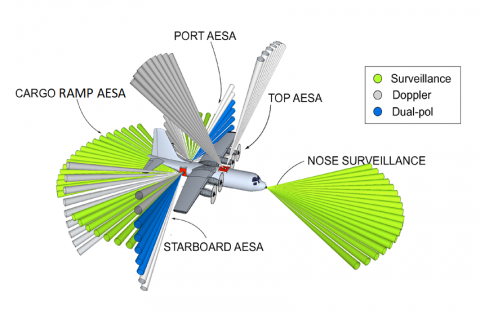APAR Science goals
Advancing understanding, and improving prediction, of high-impact weather events and representation of precipitation, clouds, and cloud processes in Earth System models remain at the forefront of atmospheric science research. An airborne Doppler radar is a critical tool for studying high-impact weather systems, especially in hard-to-reach areas, such the open ocean and complex terrain, where ground-based radar operations are impossible or challenging.
Main science goals for APAR:
- Characterize the mechanisms of convective organization and evolution that give rise to tropical and extratropical precipitation systems producing high-impact weather and heavy rainfall.
- Provide observation-based assessment of precipitation processes in weather and climate models and the attendant influences of such processes on the simulated global water cycle and energy balance.
- Conduct observations-based targeted exploration of conditions, processes, and phenomena crucial for understanding Earth system predictability.
- Coupling of microphysics and mesoscale dynamics in organized convection in tropical and extratropical regions, especially over oceans.
- Hurricane inner core observations of eyewall replacement cycles and structures related to intensity changes.
- Microscale circulations in convective clouds and storms.
- Fine-scale, system following measurements to understand tornado formation in tropical and extratropical environments and in tropical cyclones.
- Microphysical representation and parameterization in Earth system models.
